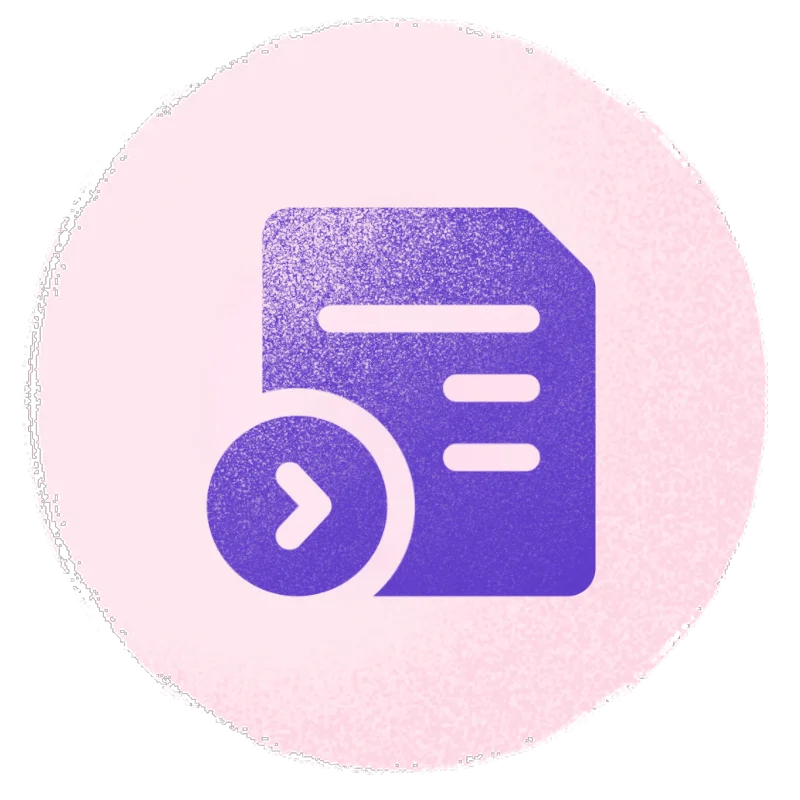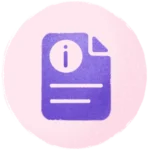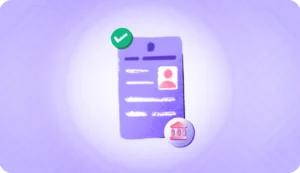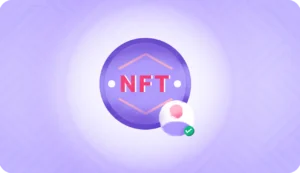Businesses in industries ranging from fintech, crypto, and insurance verify a customer’s bank account information before onboarding them. It’s an important step in the KYC process, and in some industries, regulatory bodies mandate bank account verification.
In this blog, we’ll dig deep into the bank account verification process, how it protects consumers and businesses, and the compliance regulations you should know.
Let’s dive right in!
What is Bank Account Verification?
Bank account verification is the process of verifying the bank account details of the customer. This ensures that the bank account they are dealing with belongs to a legitimate person, not an impostor or fraudulent account holder.
Typically, the account verification process requires customers to furnish verifiable information to establish ownership of their bank account, such as a bank account statement. Alternatively, customers can also complete the identity verification process with the data from the credit bureau.
Why is Bank Account Verification Important?
Online banking transactions have become increasingly popular in recent years. Trust is a crucial factor — for consumers as well as financial institutions.
A 2023 research report revealed that identity fraud losses reached a staggering $43 billion, impacting more than 40 million adults in the United States. Bank account verification plays an important role in preventing fraud.
Here are some compliance regulations and laws related to bank account verification:
1. Know Your Customer (KYC) Regulations
KYC regulations require financial institutions to verify the identity of their customers before establishing a business relationship. This includes verifying the identity of the account holder and confirming that the provided bank account details are accurate.
2. Anti-Money Laundering (AML) Regulations
AML regulations are in place to detect and prevent money laundering activities. They require financial institutions to monitor transactions for suspicious activities and maintain records related to customer transactions.
3. Customer Due Diligence (CDD)
CDD is a part of KYC and AML requirements that involves assessing the risk associated with a customer and conducting ongoing monitoring of their accounts. Banks may need to verify the source of funds and track account activity to identify unusual behavior.
4. Bank Secrecy Act (BSA)
The BSA in the United States requires financial institutions to report certain transactions and maintain records that can be used for investigations into money laundering and other financial crimes.
When is Bank Account Verification Required?
Bank account verification is usually required when businesses transact with new customers for the first time. These are updated at particular intervals or when any doubt arises about their business intent. By performing BAV, corporates ensure the ultimate beneficial owner of the account they are sending or receiving any money and safeguard themselves from the risks of fraudulent uses.
Benefits of Verifying a Customer’s Bank Account
Verifying a customer’s account details ensures that the funds coming in or going out have no illegal connection that may charge the other party with severe legal consequences and repercussions.
The bank account verification process serves multiple purposes, including:
- Confirm the accuracy of the provided banking information.
- Ensure that the customer’s bank account is active and in good standing.
- Prevent fraud or unauthorized transactions.
It helps both parties involved in the transaction, providing a secure and trustworthy foundation for financial interactions.
How Do Companies Verify Bank Account Information?
Verification methods may vary, but they often involve confirming the account holder’s name, account number, and routing number through a secure and regulated system, such as Automated Clearing House (ACH) transactions.
Many identity verification service providers offer instant online account verification by entering real-time data via API services.
Here are 3 ways to verify a bank account:
1. Use Micro deposits or Penny Drop Verification
Process: In the micro deposits method, a customer provides their bank account details to a merchant. The merchant sends two small deposits (usually a few cents) to the customer’s bank account. These deposits are accompanied by a reference or confirmation code.
Verification: To complete the verification, the customer typically needs to check their bank statement to identify the exact amounts and reference codes. This confirms bank account ownership and the merchant usually reclaims the deposits.
Pros of this method:
- Low Cost: This method is relatively cost-effective for businesses as it only involves small transactions.
- Ease of Use: The confirmation process is straightforward, as customers must confirm the exact amount deposited.
Cons of this method:
- Time-consuming: Micro deposits can take a few days to process and verify.
- Trustworthiness: This method only determines the customer’s ability to access the account and accept payments rather than verifying a customer.
2. Ask the Customer to Send Bank Statements
Process: In this method, a customer shares their bank statements with a merchant to prove their identity and ownership of the bank account. Bank statements typically include the customer’s name and bank account details.
Verification: The merchant reviews the provided statements, checking for the customer’s name, and bank account number to ensure they match the account details provided.
Pros of using this method:
- Trustworthiness: Since the bank statement is certified by a bank, this is a trustworthy method to verify bank accounts.
- Not expensive: There’s no technology expense involved with this method.
Cons of using this method:
- Data privacy: Bank statements include sensitive information, and customers may not be comfortable sharing details of their financial transactions.
3. Perform Credit Checks
Process: Credit checks involve a merchant cross-referencing their customer’s account details with the information held on file at a credit bureau. Credit bureaus maintain comprehensive financial histories of individuals, including their credit accounts, and payment histories.
Verification: The merchant accesses the credit bureau’s database to compare the customer’s account details with the data on file. If there is a match, the account is considered verified.
Pros of using this method:
- Speed: Credit checks are faster than traditional methods such as statement verification.
- Comprehensive data: Credit checks provide a broader financial picture of the customer, including their credit history.
Cons of using this method:
- Cost: Some credit reporting services may incur additional costs for businesses.
How Long Does it Take to Verify Bank Accounts?
The time it takes to verify a bank account can vary depending on the method used. The verification process can take just a few minutes to a few business days.
| Verification Method | Time Required |
| Micro Deposits | 1-2 days |
| Bank Statements | Upto 10 days |
| Credit Bureau | Instant |
| HyperVerge | Instant |
Quick and Easy Bank Account Verification With HyperVerge
Clearly, all bank verification methods are not created equal. With HyperVerge’s instant KYC verification, users can complete the bank account verification process in under 30 seconds!
Our customers have also reduced drop-off and abandonment rates significantly. The HyperVerge identity verification platform can also help you with:
- Video KYC
- Age Verification
- Document Verification
- Face authentication
- Biometrics Verification
- AML Compliance
Want to give HyperVerge a spin? Sign up for the free trial today!
FAQs
1. How do you verify a bank account?
There are three ways to verify a bank account, which are: 1. Micro deposits 2. Checking bank statements 3. Merchants can cross-check the customer’s information with credit bureau.
2. How long does it take for a bank account verification?
It can take a few seconds to a few working days, depending on the process chosen. HyperVerge can complete bank account verification instantly!
3. What are bank verification documents?
A scanned copy of a government-issued ID can be used as bank verification documents. For example, the Social Security Card, Passport, Driving Licence, etc.





















